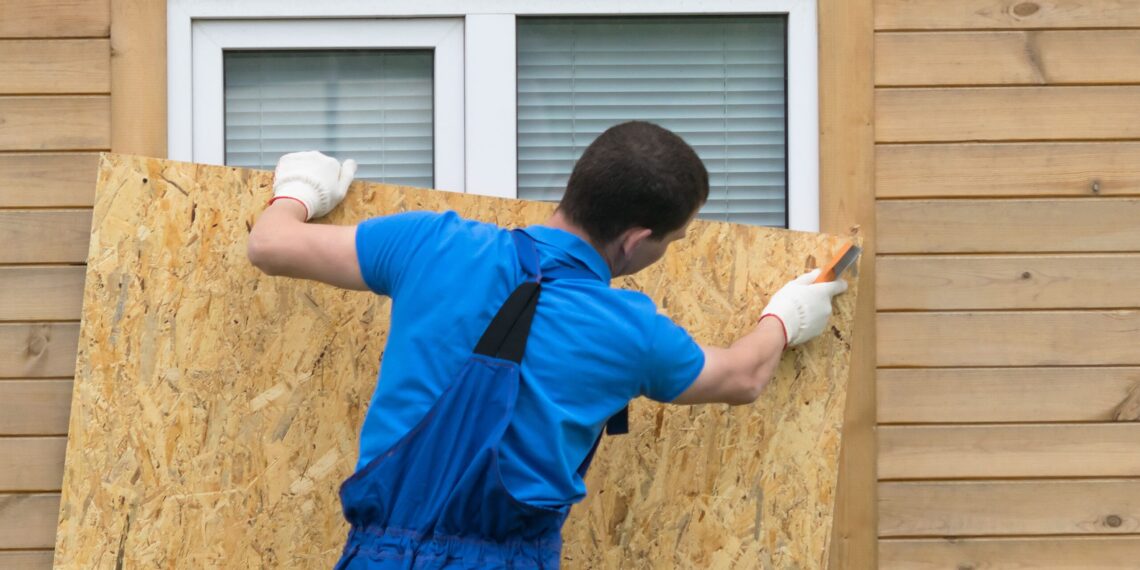Increased hurricane activity prompts homeowners to safeguard their properties and loved ones. Residents in hurricane-prone areas must take proactive measures to protect their homes — and fortunately, it’s entirely possible. Combining structural reinforcements and proper maintenance can significantly increase your home’s chances of safely weathering the storm.
Understanding the Threat
Hurricanes pose a significant threat to homes in coastal regions. High winds can lead to structural damage, while storm surges and flooding can cause extensive water damage. Hurricanes have cost the most of all weather-related damage, amounting to $1.3 trillion since 1980. That’s $22.8 billion per disaster. Hurricanes have also resulted in 6,890 deaths since that year.
Prioritizing hurricane-proofing your residential property can reduce the loss of life and costs associated with damage. Weather-resistant homes have improved structural integrity, providing a safe place for residents during severe storms. Houses well-prepared for extreme weather events are less likely to sustain extensive damage, leading to lower repair and rebuilding costs for homeowners and insurance companies.
How to Hurricane-Proof Your Home
Living in hurricane-prone areas requires a proactive approach to safeguarding your residence and loved ones against destructive forces. Consider these measures when protecting your home against storms.
Choose Hurricane-Resistant Materials
One key aspect of hurricane-proofing is the design and construction of your home. Houses built with hurricane-resistant materials and construction techniques are better equipped to withstand the forces of a severe storm. Reinforced roofing, impact-resistant windows and sturdy doors are crucial design elements. Additionally, installing proper insulation and adhering to local building codes are essential for ensuring a home’s structural integrity.
When building or remodeling your home, prioritize using the following hurricane-resistant materials during construction:
- Fiberglass
- Cement
- Steel
Reinforce Your Roof
The roof is often the most vulnerable part of a home during a hurricane. Homeowners can reinforce their roofs by installing hurricane straps and clips to protect against wind damage. These measures anchor the roof to the house, reducing the risk of high winds lifting it off. Inspect your roof at least once yearly to identify and mitigate potential risks.
Take the following measures to reinforce your roof:
- Reinforce roof sheathing
- Upgrade to impact-resistant roofing materials, such as asphalt shingles or metal roofing
- Secure roof vents
Install Impact-Resistant Windows and Doors
Windows and doors are susceptible to damage from flying debris during a hurricane. Installing impact-resistant windows and doors can add an extra layer of protection. They can withstand strong winds and impacts, reducing the likelihood of breakage, water infiltration and injury.
Know About These Five Hidden Benefits of Impact Window Installation
Keep Essentials Close
Storms can be unpredictable, so having easy access to necessities can make a significant difference during an emergency. Consider creating a designated go-to kit including essential items like:
- Nonperishable food
- Water
- Medication
- First-aid supplies
- Important documents
- Flashlights
Keep this kit in a readily accessible location, ensuring every household member knows its contents and location. In addition to an emergency kit, it’s advisable to keep essential items like clothing, blankets and personal hygiene items nearby, too. Families in hurricane-prone areas should also have a well-thought-out emergency plan in place and regularly practice it. It should include evacuation routes, a communication strategy and designated meeting points.
Consider Your Landscaping
Don’t neglect the outside of your home. Proper landscaping can also contribute to your home’s resilience. Trim trees and branches that could become projectiles during a storm. Secure outdoor furniture and other items that strong winds may pick up, causing damage to your home and neighboring properties.
Clean Your Rain Gutters
Clogged gutters can lead to water overflow, which could damage your foundation, siding and interior. Heavy rainfall is common during hurricanes, and efficient gutter systems are essential for directing water away from your property. Regularly clear leaves, debris and dirt from your gutters to ensure proper flow.
Install Storm Shutters
Storm shutters are an effective and practical solution to protect your windows from flying debris and strong gusts. They’re available in various styles, including roll-down or panel shutters, providing homeowners with options to suit their preferences and budget.
Get Storm-Resistant Garage Doors
Garage doors are susceptible to strong winds like all entry points and can compromise your home’s structural integrity if they fail. Installing storm-resistant garage doors that meet local building codes and standards can prevent wind infiltration and reduce the risk of damage.
Weather the Storm Safely
Hurricane-proofing your home is a comprehensive process — but it’s well worth it. You can increase your house’s resilience and ensure your family’s safety by prioritizing weather-resistant materials and conducting regular inspections. Preparation is key, and investing time and resources in hurricane-proofing measures can provide invaluable protection for your property and loved ones.
Author Bio
Jack Shaw is the senior lifestyle writer of Modded Magazine and a home improvement specialist. With years of personal experience performing renovations firsthand, he’s contributed his advice through publications like CAD Details, House 2 Home Organizing, Log Cabin Hub and more.









